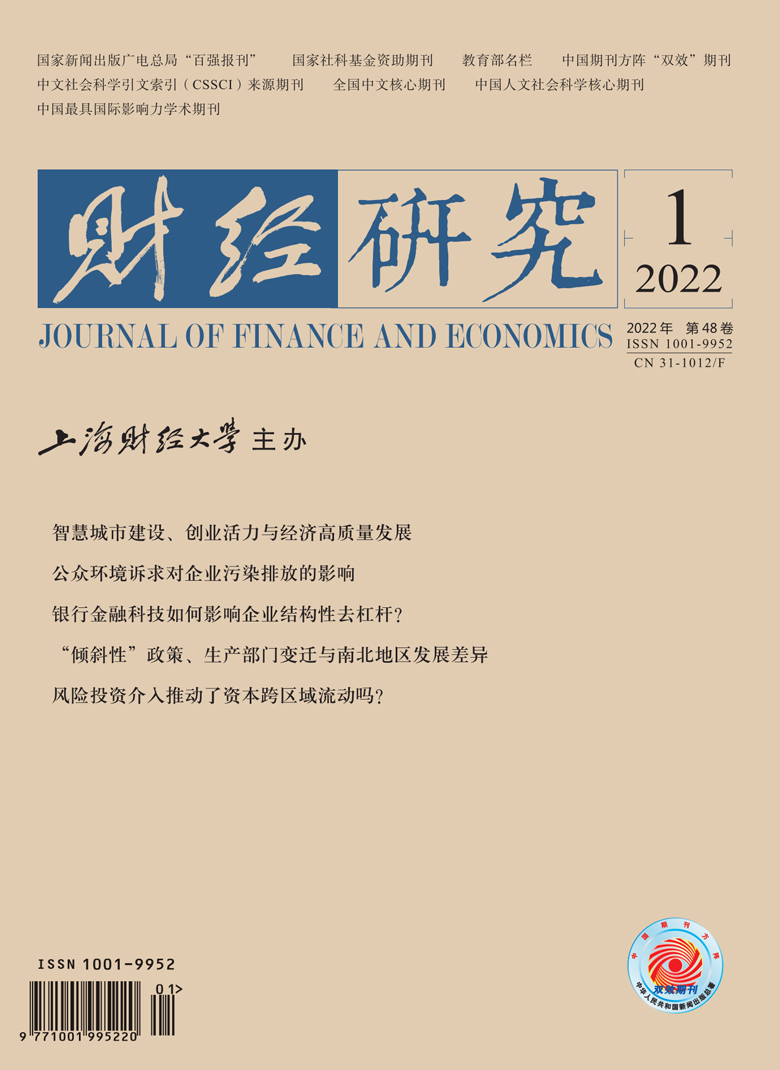Under the background of carbon peak and carbon neutralization in the new period of China, the sustainable development of resource-based cities has become increasingly important for breaking through the effect of “carbon lock-in”. The effect of the sustainable development of resource-based cities on carbon emissions is related to the effect of the economic green transformation of resource-based cities. Therefore, based on the panel data of 285 cities in China from 2003 to 2018, this paper uses the DID method to test the impact of sustainable development policy on carbon emissions in resource-based cities, and explores the specific path of the policy on carbon emissions from the perspectives of industrial coordination, technology selection, financial support and residents’ quality of life.
This paper draws the following conclusions: First, the sustainable development policy of resource-based cities can significantly reduce carbon emissions. Second, the policy can curb carbon emissions by optimizing technology selection, enhancing financial support and improving quality of life, but the impact of industrial coordination on carbon emissions is not obvious. Third, the heterogeneity analysis shows that the eastern region, the southern region and the high level of science and technology investment and human capital accumulation have a more significant carbon emission reduction effect, the carbon emission reduction effect of resource-based cities in declining is more obvious than that of growing cities, and the carbon emission reduction effect of resource-based cities of the forest industry is more obvious than that of coal cities. Therefore, the following suggestions are put forward: First, the government should enhance appropriately the intensity of environmental regulation, promote industrial coordination and capital deepening development, and strengthen financial support for resource-based cities, so as to enhance residents’ quality of life and improve the impact on carbon emissions. Second, the government should attach importance to regional differences and promote the green and sustainable development of resource-based cities according to local conditions.
This paper tries to make contributions in the following aspects: First, the policy is regarded as a quasi-natural experiment, and the DID method is used to analyze the impact of the policy on the carbon emissions of resource-based cities, providing new evidence for the impact of the policy on carbon emissions. Second, in terms of theoretical mechanism, the impact of the policy on carbon emissions is firstly explored from the perspectives of industrial structure and policy support, and further studied from the perspectives of technology selection and residents’ quality of life, focusing on the transmission channels of the policy on carbon emissions. Third, on the basis of geographical location and innovation-driven characteristics, this paper expands to simultaneously investigate the development stages and resource types of resource-based cities, comprehensively explore the differences in the policy effect, and point out the focus of the green development of resource-based cities in the future.





 6486
6486  8606
8606

